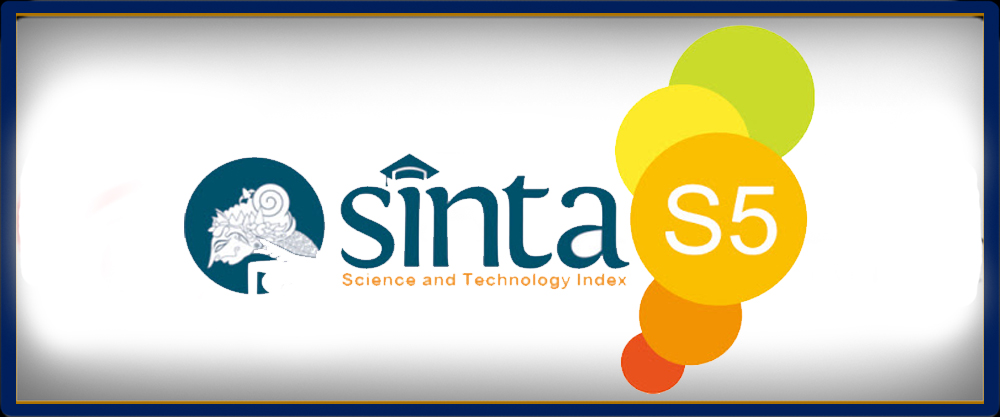Peningkatan Kemampuan Membaca dengan Menggunakan Metode Permainan Balok Huruf
Abstract
Based on observations on the learning process at TKIT Al-Hikmah Bobos Dukupuntang Cirebon, problems were found about reading skills in the language component that were still not optimal. Of the 15 children, only 5 children showed the ability to pronounce and write letters, while the remaining 10 children did not show the ability to pronounce and write letters as expected. This classroom action research aims to improve children's language skills in the aspects of mentioning familiar letter symbols, understanding between letter shapes and sounds, reading one's own name, reading simple syllables, words and sentences. This research is a class action research carried out with two cycles. The subjects of this study were children of group B TKIT Al-Hikmah with a total of 15 children with details of 15 girls. Data collection is carried out through observation, performance tests and documentation. The application of action, observation and reflection methods can improve children's reading skills in group B at TKIT Al Hikmah Cirebon. which is proven to increase research results in each cycle. Improvement in children's reading ability where in the pre-cycle with an average of group B 3.4, the percentage of completeness of 28.33% increased in cycle I with an average of group 5.26, the percentage of completeness of 43.8% and in cycle II with an average grade of 11.6 percentage of completeness of 96.6%. The results also show that this class action research achieved the specified completeness indicator of completeness above 96%". The conclusion is that through the use of letter beam media can improve language skills in pronouncing known letter symbols, understanding between letter shapes and sounds and reading one's own name.
Downloads
References
Ardiyanto, A. (2017). BERMAIN SEBAGAI SARANA PENGEMBANGAN KREATIVITAS ANAK USIA DINI. Jendela Olahraga, 2(2). https://doi.org/10.26877/jo.v2i2.1700
Arikunto, S. (2002). Prosedur Penelitian Suatu Pendekatan Praktek (Revisi IV). Jakarta: Rineka Cipta.
Ayuni, D., Marini, T., Fauziddin, M., & Pahrul, Y. (2020). Kesiapan Guru TK Menghadapi Pembelajaran Daring Masa Pandemi Covid-19. Jurnal Obsesi?: Jurnal Pendidikan Anak Usia Dini, 5(1), 414. https://doi.org/10.31004/obsesi.v5i1.579
Budiwaluyo, H., & Muhid, A. (2021). MANFAAT BERMAIN PAPERCRAFT DALAM MENINGKATKAN KREATIVITAS BERPIKIR PADA ANAK USIA DINI. PEDAGOGI: Jurnal Anak Usia Dini dan Pendidikan Anak Usia Dini, 7(01).
Cahyani Kusuma, T., & Listiana, H. (2021). Pengembangan Pembuatan APE bagi Anak Usia Dini. Jakarta: Prenada Media.
Cwiklinski, W. M. (2014). Embracing Childrens’ World. FORDHAM UNIVERSITY Press, 68.
Fadlillah, M. (2019). Buku Ajar Bermain & Permainan Anak Usia Dini. Prenada Media.
Meliani, F., Ahmad, N., & Suhartini, A. (2022). The Islamic Perspective of Education of Children With Special Needs (Case Study at Sada Ibu Inclusion Elementary School). Eduprof?: Islamic Education Journal, 4(2), 261–277. https://doi.org/10.47453/eduprof.v2i2.37
Meliani, F., Sunarti, E., & Krisnatuti, D. (2014). Faktor Demografi, Konflik Kerja-Keluarga, dan Kepuasan Perkawinan Istri Bekerja. Jurnal Ilmu Keluarga & Konsumen, 7(3), 133–142. https://doi.org/10.24156/jikk.2014.7.3.133
Santrock, J. W. (2013). Child Development. McGraw-Hill Education.

















